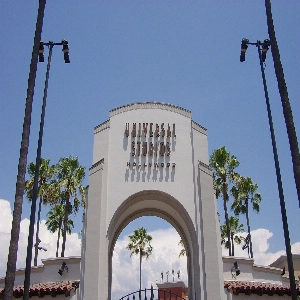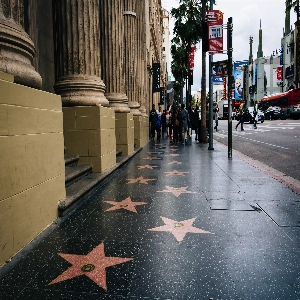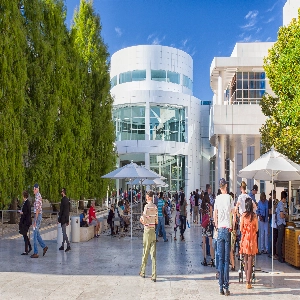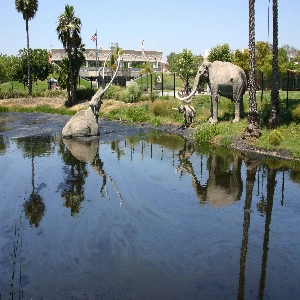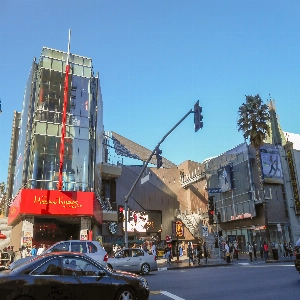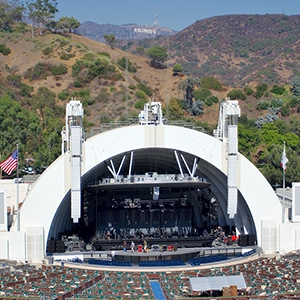Griffith Park Observatory
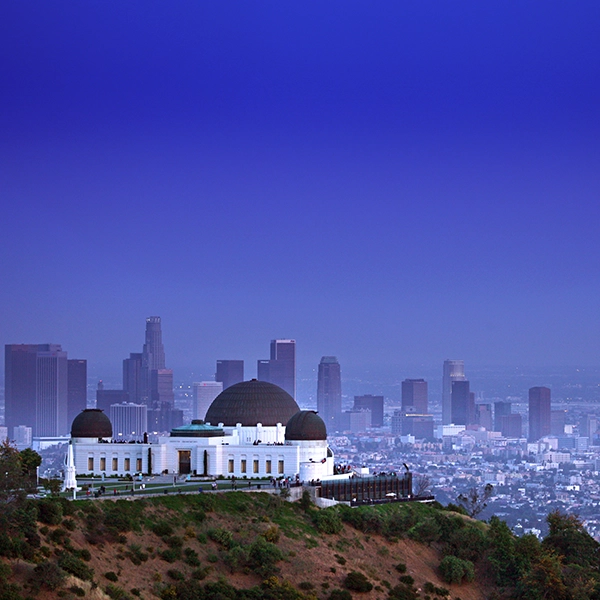
Introduction to Griffith Observatory
Griffith Observatory is an iconic landmark perched on the south-facing slope of Mount Hollywood in Los Angeles, California. Housed in the magnificent Art Deco-style building, Griffith Observatory is not only a popular tourist attraction but also a critical institution that contributes to fostering public awareness and understanding of astronomy and space sciences. Since its foundation in 1935, the observatory has continuously captivated visitors with its unparalleled views of the city, vast astronomical exhibits, engaging planetarium shows, and its rich cultural history. This article explores the various aspects of this fascinating observatory and examines why it remains an essential destination for stargazers and space enthusiasts alike.
A Brief History of Griffith Observatory
Griffith Observatory's story can be traced back to 1896 when mining magnate Griffith J. Griffith gifted 3,015 acres of land at the base of Mount Hollywood to the city of Los Angeles. He envisioned creating an astronomy observatory and planetarium that would be, in his words, "a source of instruction and delight to the public." After his death in 1919, planning commenced for the observatory under the direction of George Ellery Hale and his team, including architect John C. Austin and astronomer Russell W. Porter. The construction began in 1933 and was eventually completed in 1935, resulting in a state-of-the-art observatory featuring a unique Beaux-Arts architectural style.
Despite challenges throughout the years, including a major renovation and expansion from 2002 to 2006, Griffith Observatory has consistently served as an invaluable resource for the residents of Los Angeles as well as for visitors from around the world. Today, it remains a hub for astronomical discovery and appreciation, welcoming millions of visitors each year to explore the wonders of the night sky and beyond.
Exploring Griffith Observatory's Exhibits
Griffith Observatory boasts several permanent exhibits that allow visitors to delve deep into the world of astronomy and space exploration. These exhibits cater to a wide range of interests, from local astronomy to cosmic phenomena and space missions.
One of the observatory's main attractions is its triple-beam solar telescope. The telescope projects clear and detailed images of the sun, allowing visitors to observe solar flares and sunspots in real-time. It was initially installed in 1935 as one of the first public telescopes dedicated to solar observations.
In the Hall of the Sky, visitors can explore the fascinating patterns formed in the night sky by prominent constellations and witness a simulation of a sunset through a Foucault pendulum. The Hall of the Eye offers insights into the evolution of our understanding of the cosmos, showcasing various models and devices that aided in astronomical research throughout history. Artifacts on display include ancient celestial globes, historical telescopes, and even fragments of meteorites found on Earth.
The newly renovated Cosmic Connection exhibit takes you on a journey through the depths of time, from the Big Bang to the present day. With a dazzling display of 13 billion years' worth of cosmic history, this exhibit demonstrates the interconnectedness of everything in the universe, be it galaxies, stars, or even you.
The Samuel Oschin Planetarium
Griffith Observatory's Samuel Oschin Planetarium is regarded as one of the most technologically advanced planetariums in the world. With its state-of-the-art digital projection system, visitors can enjoy high-resolution visualizations of celestial phenomena on a 75-foot dome-shaped screen, all while comfortably seated in the planetarium's plush chairs. This immersive experience is offered through several daily shows that cover various subjects, ranging from the night sky visible above Los Angeles to the vast expanse of our universe.
Among the most popular shows is "Centered in the Universe," which offers an engaging tour of the cosmos and reveals the cosmic perspectives that have shaped human history. Other shows include "Water is Life," which takes visitors on an interstellar quest in search of water, and "Light of the Valkyries," which explores the most powerful phenomena in the universe—supernovae, quasars, and black holes—accompanied by a captivating soundtrack inspired by classical music.
Observation Decks and Telescopes
Griffith Observatory's outdoor observation decks provide visitors with unparalleled views of the Los Angeles Basin, the Hollywood Sign, and the Pacific Ocean. Featuring a variety of accessible telescopes, stargazers can enjoy close-up views of celestial objects such as the moon, planets, stars, and even occasional comets during evenings when the skies are clear.
The Zeiss refracting telescope, housed in the original dome built in 1935, is the observatory's most famous telescope. With its 12-inch aperture and impressive 1,680x magnification, the Zeiss telescope has provided nearly 7 million visitors with their first glimpse of the cosmos. Access to the telescopes is included with admission, giving visitors the unique opportunity to observe celestial wonders under the guidance of knowledgeable staff members.
Conclusion
Griffith Observatory is a testament to humanity's fascination with the universe and the ongoing pursuit of knowledge about our cosmos. Offering a variety of immersive exhibits, interactive experiences, and captivating planetarium shows, the observatory provides an incredible educational resource for all ages. As a prized landmark, Griffith Observatory holds a special place within the cultural fabric of Los Angeles and continues to welcome millions of visitors each year, providing awe-inspiring encounters with the mysteries of the night sky.

